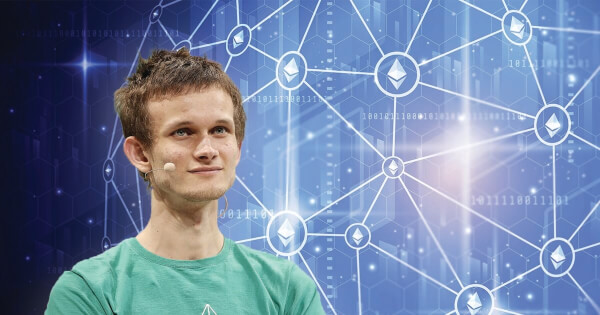Ethereum founder, Vitalik Buterin, delved into the intricacies of Layer 2 (L2) solutions on the Ethereum blockchain in a detailed post dated October 31, 2023. He acknowledged the rapid expansion of the L2 ecosystem, especially the ZK-EVM rollup segment, featuring notable projects such as StarkNet, Arbitrum, Optimism, and Scroll. He lauded the advancements in security, with L2beat mentioned as a good resource for tracking the progress of these projects.
A notable observation by Buterin is the growing heterogeneity within L2 projects. He foresees a continuous trend driven by key factors:
1. Independent Layer 1 (L1) projects seeking closer alignment with Ethereum, albeit cautiously to avoid compromising usability or losing momentum.
2. Centralized projects exploring blockchain for enhanced security.
3. Non-financial applications like games and social media, eyeing decentralization with a balanced approach to security based on the nature and value of activities conducted on-chain.
He emphasized that while current Ethereum L1 users might tolerate moderate rollup fees, newcomers from the non-blockchain realm are unlikely to accept any fee, especially when transitioning from a no-fee environment.
Buterin dissected the trade-offs among Rollups, Validiums, and Disconnected Systems, particularly focusing on the security and scalability aspects. The core question revolves around the assurance level of moving an asset from L1 to L2 and back to L1. He presented a comparative chart to explain the technology properties, security guarantees, and costs associated with each system type.
He also presented a spectrum of intermediate solutions like a validating bridge and discussed the cost of Ethereum’s native data availability versus an application’s needs, which would ultimately influence the choice between different L2 solutions.
An interesting concept introduced is “pre-confirmations,” providing a form of partial guarantee by attesting to the order and post-state root of transactions. This could be beneficial for low-value, high-frequency applications, offering a lower-security, low-latency solution within the same ecosystem accommodating high-security, high-latency applications.
Buterin highlighted the importance of a system’s ability to trustlessly read the Ethereum blockchain, and the security implications it entails. He proposed two solutions: ensuring the top chain reads only finalized blocks of Ethereum or allowing the top chain to revert if Ethereum reverts.
He further delved into the concept of transforming a separate chain into a Validium through a two-way validating bridge. However, he pointed out that several edge cases, like handling 51% attacks or hard fork upgrades on Ethereum, require a social commitment to address exceptional scenarios.
In conclusion, Buterin explored two key dimensions of connectedness to Ethereum: the security of withdrawing to Ethereum and the security of reading Ethereum. He acknowledged the value of projects across different regions of this design space, advocating for a potential transition from looser to tighter couplings with Ethereum as technology evolves over time.
Image source: Shutterstock
Credit: Source link






















 Bitcoin
Bitcoin  Ethereum
Ethereum  Tether
Tether  Solana
Solana  XRP
XRP  Dogecoin
Dogecoin  USDC
USDC  Cardano
Cardano  Lido Staked Ether
Lido Staked Ether  TRON
TRON  Avalanche
Avalanche  Toncoin
Toncoin  Stellar
Stellar  Shiba Inu
Shiba Inu  Wrapped stETH
Wrapped stETH  Wrapped Bitcoin
Wrapped Bitcoin  Polkadot
Polkadot  Chainlink
Chainlink  Bitcoin Cash
Bitcoin Cash  WETH
WETH  Sui
Sui  NEAR Protocol
NEAR Protocol  Pepe
Pepe  LEO Token
LEO Token  Litecoin
Litecoin  Aptos
Aptos  Uniswap
Uniswap  Wrapped eETH
Wrapped eETH  Hedera
Hedera  Internet Computer
Internet Computer  USDS
USDS  Cronos
Cronos  POL (ex-MATIC)
POL (ex-MATIC)  Ethereum Classic
Ethereum Classic  Render
Render  Artificial Superintelligence Alliance
Artificial Superintelligence Alliance  Bittensor
Bittensor  Ethena USDe
Ethena USDe  Bonk
Bonk  Arbitrum
Arbitrum  WhiteBIT Coin
WhiteBIT Coin  Dai
Dai  Filecoin
Filecoin  Cosmos Hub
Cosmos Hub  Celestia
Celestia  MANTRA
MANTRA  OKB
OKB 